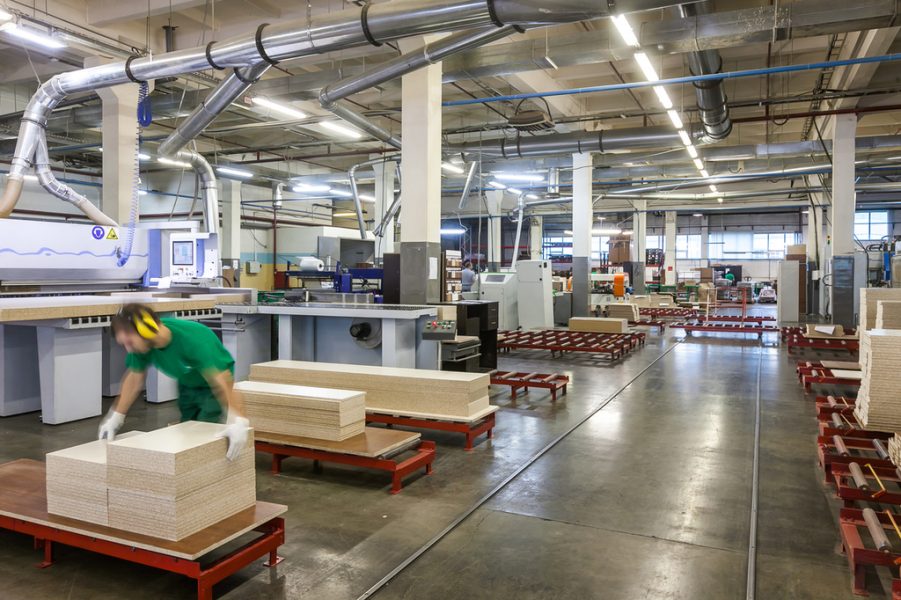Wood is a material important for numerous industries and applications. The water wettability of the wood surface is an important issue in the adhesive bond formation, because most adhesives and lacquers are water‐based. As wood has naturally a relatively polar surface, the general use of water‐borne adhesives is possible. However, some wood surfaces are harder to wet by aqueous systems.In these cases sanding or a chemical treatment is often necessary to provide wettability or new bonding sites. Wood species in general contain low‐molecular extractives consisting of small molecules distributed in the cellular lumen and cell wall. Wood contains a mixture of hydrophobic extractives such as fats, resins, and gums and hydrophilic substances such as polyphenols. Hydrophobic extractives increase the water contact angles and hence, reduce wettability of the surface by water‐borne adhesives.
Cold atmospheric pressure plasmas systems and sources such as dielectric barrier discharges (DBDs) and atmospheric pressure plasma jets (APPJ) are interesting tools for a wide area of applications, including wood. To create more hydrophilic surfaces, such plasma sources should be operated in oxygen‐based gases. This in the end can result in a fragmentation, isomerization, cross‐linking, and the introduction of functional groups to the surface. Hence, these reactive plasma environments can be used to improve surface characteristics such as wettability and surface energy of polymers or to clean material surfaces. These technologies could also be very interesting for wood processing due to their in‐line capability and therefore possible implementation in industrial applications and scalability. Another advantage is the reduced negative impact on the environment in comparison to wet chemical processes.
A team of researchers from Germany demonstrated in a recent study that the atmospheric pressure plasma jet (APPJ) and diffuse coplanar surface barrier discharge systems (DCSBD) are suitable methods to activate wood surfaces. Further, operating these systems in air makes them a cost‐efficient and environment‐friendly alternative to e.g., wet‐chemical processes. Beneficial for both technologies is that the properties of the plasma discharge and hence the quality is independent from the used substrate. Compared to this, electrical conductivity and thickness of wooden materials can influence properties of dielectric barrier discharges. Whereas the APPJ is especially suitable for selective treatments, the DCSBD system can be applied also on larger surface areas. Read more about this comparative study in the latest issue of Plasma Processes and Polymers.

















